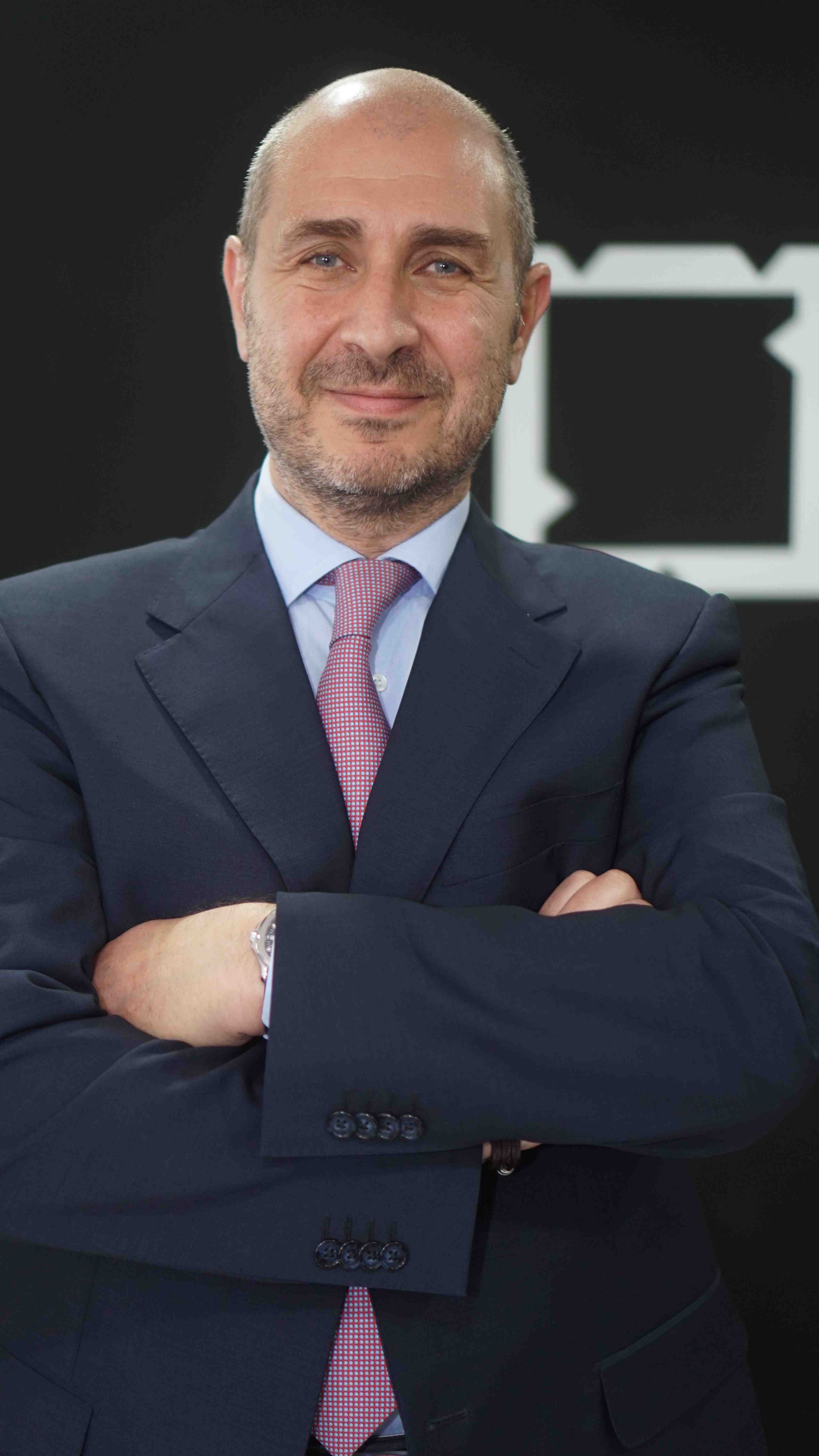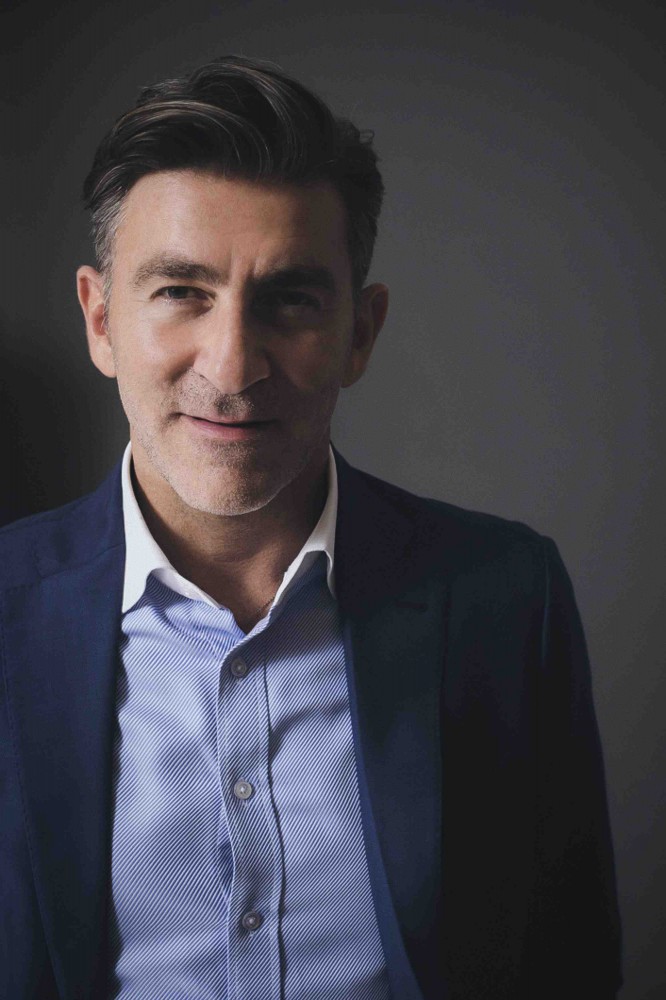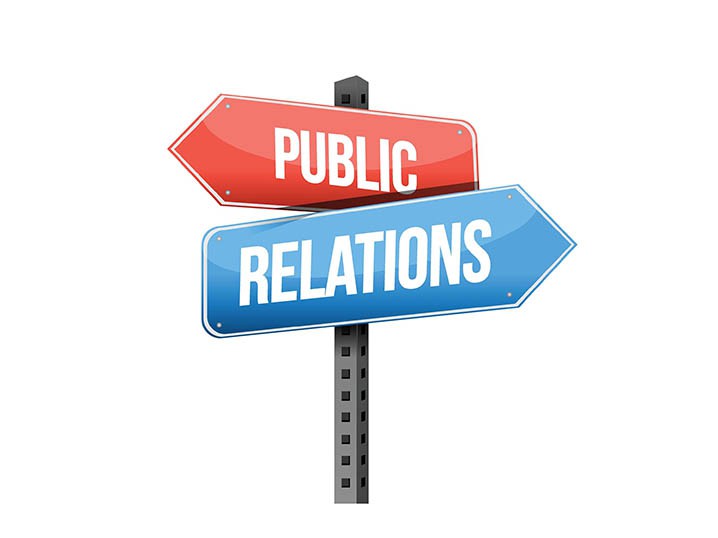News - Advertising
On Public Relations: ‘The challenge before our profession is larger than ever before'
by Iain Akerman
September 13, 2017
.jpg) Advertisement
Advertisement“Data. Insight. Multi-channel content. Digital. Experience. The age of PR being one dimensional is long-gone,” says Bashar AlKadhi, chief executive for the Middle East, North Africa and Turkey at Hill+Knowlton Strategies.
The PR industry, much like the rest of the communications world, is in flux. It is embracing new technologies, diversifying, collaborating, and dealing with the rise of social media influencers, all while working with clients who are increasingly demanding integrated communication campaigns that span multiple platforms.
“Our field is broader and more dynamic, and requires a team that is made-up of individuals with new skills…”-- Bashar AlKadhi, CEO Hill+Knowlton MENA & Turkey
It is a challenging environment, and one that increasingly places emphasis on digital. With an uncertain economic climate, clients are also cautious, expecting more from their agencies just as the realm of public relations becomes increasingly more complex and challenging.
“Our field is broader and more dynamic, and requires a team that is made-up of individuals with new skills – from videographers, to graphic designers, journalists, professional development coaches, event managers, lobbyists and political campaign experts, to data scientists and many more,” says AlKadhi. “All these individuals are helping change how we think about communication, whilst technological developments are further enabling teams to tap in to new forms of data, driven by advancements of social media. The impact of these changes is an opportunity for agencies to be more focused and more creative.”
In this climate of transformation, “the true challenge remains to help clients authentically connect with their public whilst also delivering strong business results,” asserts AlKadhi.
Kevin Hasler, managing director of BPG Cohn & Wolfe, agrees, adding that the way agencies approach communication solutions is now “far deeper, strategic and increasingly digital than ever before”.

“The PR industry is in a very strong place, but that is through recognising the need to become a much broader and more inclusive communications business.”—Kevin Hasler, managing director of BPG Cohn & Wolfe
“The PR industry is in a very strong place, but that is through recognising the need to become a much broader and more inclusive communications business,” says Hasler. “We have moved well beyond what many consider traditional PR – offering increasingly digital and film solutions to clients that 10 years ago would have been the domain of a traditional advertising agency. What clients like about PR and social media is how quick and nimble we can be in our response and getting stories into the market across multiple platforms. This also increasingly extends to 360 degree creative campaigns that would traditionally be considered the realm of marketing.”
As with media and creative agencies, the lines dividing PR agencies from the rest of the communications field have blurred. PR is dabbling in creative; creative agencies are dabbling in PR, while everybody is laying claim to digital and social.
“In this market, we are seeing everyone trying to play in the same space with a heavy focus on digital,” says Ziad Hasbani, regional chief executive for the Middle East and North Africa at Weber Shandwick. “As the implementation of tactical activities becomes commoditised or in some cases taken in-house by clients, PR agencies will need to re-invent themselves and determine where their sweet spot is and how they can really operate in an increasingly competitive market.

“As the implementation of tactical activities becomes commoditised or in some cases taken in-house by clients, PR agencies will need to re-invent themselves and determine where their sweet spot is…”—Ziad Hasbani, regional chief executive Weber Shandwick MENA
“We all know that all forms of digital is the future so we are seeing every agency from advertising, media buying and PR compete in this space. To be able to stay relevant and compete, PR agencies will need to invest more in research, data and analytics, technology, strategic planning, creative offering and of course, digital. I think it’s fair to say that today we are really in the intellectual capital business. Our clients rely on our expertise to educate, influence, promote, and assess issues and opportunities so our focus has to be offering strategic advice to solve problems as well as creative ideas for brand-building.”
While there are areas where agencies do overlap, AlKadhi believes that “more often than not we are collaborating with agencies; management consultants too”.
All of this sounds positive and evolutionary, of course. Yet there are problems. Not least the fact that only a limited number of agencies are doing – or at least attempting to do – what has been stated above. The rest remain largely stuck in the past, unable or unwilling to adapt. This is compounded by the fact that print remains relatively important in the region, despite industry changes and the global shift to digital.
“For too long we have relied on the age-old proven approach of press releases, features and the likes,” says Yiannis Vafeas, managing director of Golin MENA. “Yes, many PR agencies have begun introducing digital offerings, however, when we compare the regional development to other global markets, we are still many steps behind. There is always a disconnect between traditional and digital PR, and unless the gap is bridged, the industry will remain where it is.”

“When we compare the regional development to other global markets, we are still many steps behind…”-- Yiannis Vafeas, managing director of Golin MENA
There are other issues, namely the industry’s ability to attract and retain the right talent, its diversity (or lack thereof), and the increasingly competitive nature of the market, with the number of agencies operating in the region increasing. Procurement has also taken a front row seat and is making its presence known.
What’s more, according to the first Global Communications Report, a worldwide survey of more than 1,000 senior public relations executives released last year by the USC Annenberg Center for Public Relations in conjunction with the Holmes Report, questions surround the industry’s ability to adapt to new technologies and increase the level of investment required to capitalise on the opportunities they provide.
“In the Middle East, our main challenge is not winning business or generating revenue, but ensuring that we keep adding value to the business of our clients, continue to be their strategic advisors and at the same time running all our accounts profitably,” says Hasbani. “With procurement taking over negotiations on behalf of clients, agencies’ profitability is being squeezed to a point where you need sometimes to ask yourself if a particular client relationship makes business sense. We’ve had to unfortunately walk away from business opportunities in the past because the numbers didn’t add up and we would ultimately be making a loss on them.
“If procurement teams continue to manage the pitch process from A-Z with minimal input from their marketing/communications colleagues, my fear is that we run the risk of commoditising our industry, and business will just end up being awarded to the cheapest supplier with no importance placed on value or creativity.”
According to the Global Communications Report, future growth in the PR industry will be driven by content creation, social media and brand reputation, with measurement and evaluation not far behind. In all likelihood this will require the majority of agencies to restructure (if they haven’t already), with greater levels of integration and collaboration between marketing disciplines also taking place, says AlKadhi. “For professionals within the industry, our future will be more demanding, dynamic, entrepreneurial and exciting,” he says.
“Changing media trends and channels present a dynamic business opportunity for both client and agency, with growth expected to be driven by the creation and distribution of content across multiple channels,” says Hasbani. “The other interesting trend is decreasing emphasis on earned media, which is shifting to owned, shared and paid. Agencies will need to get better at delivering creative integrated campaigns, which will include the leveraging of paid media across multiple platforms, including mobile, which is expected to drive plenty of conversation and investment.”
Interestingly, of course, this is all taking place in a time of global disbelief. From surprise election and referendum results in Europe and the US, to an evolving social-political climate in the region, PR is arguably in more demand than ever before. Throw in ‘fake news’ and a ‘post-truth’ world and the need for reputation management becomes clearer.
“The challenge before our profession is larger than ever before,” admits AlKadhi. “In a world where brands and individuals alike can be badly damaged by ‘fake news’ delivered in lightning speed in a sophisticated manner over multiple digital platforms, it is incumbent upon us to protect our clients by being constantly faster, smarter and more effective than those seeking to do them harm, even as we simultaneously work to advance their message.”
“The advances in technology have simply made it even more imperative for brands to be ready to communicate and engage with stakeholders in real-time,” adds Hasbani. “You still see a lot of brands communicating in very traditional ways and not adapting to the new realities of engagement, which are speed and openness. The brands who will be successful are the ones that are quick to capitalise on trends and online conversations by associating their brand with trending topics or causes in a very organic way.
“Communications professionals have long helped organisations manage their reputations with a strong focus on integrity and core ethical values, whether it be through what they say or what they do. This is ever more important in today’s ‘post-truth’ world where rumours and hoaxes are more prevalent and fake news continues to spread. We must always maintain our responsibility to uphold the highest standards of integrity and accuracy in our partnerships with clients.”



.jpg)





.jpg)




